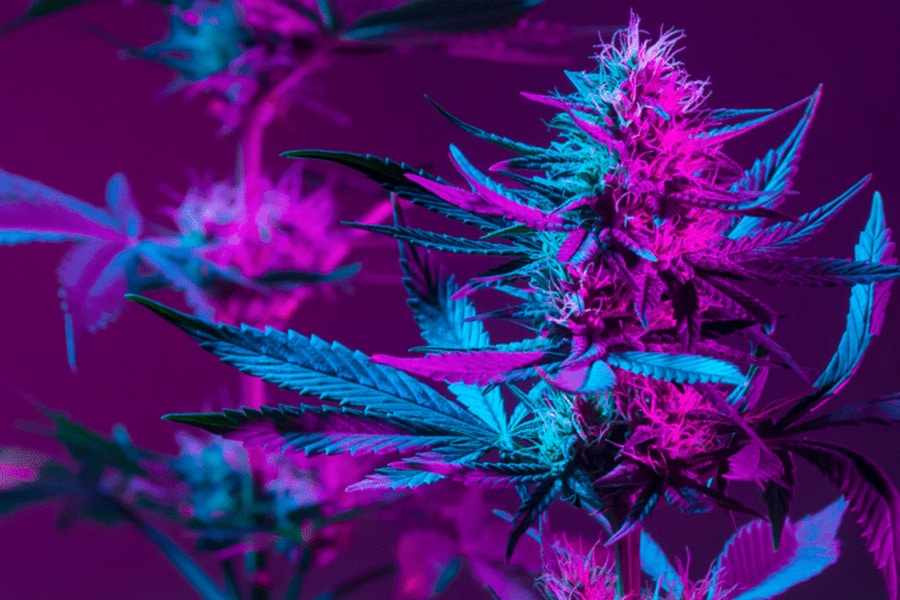
Microdosing cannabis is all about experiencing subtle wellness benefits—like enhanced focus, mild relaxation, or mood lift—without feeling “high.” Perfect for anyone who wants to use cannabis as a tool for daily wellbeing without the typical psychoactive effects, this guide helps you navigate the basics and learn how to microdose safely and effectively.
What Is Microdosing?
Microdosing involves taking a sub‑psychoactive dose of THC or CBD—typically 1 to 5 mg of THC per session—to enjoy therapeutic effects while remaining fully functional. Instead of seeking euphoria, the goal is subtle support for mental clarity, stress relief, or pain management.
How Much is a Microdose?
Experienced users and experts generally recommend:
- 1 mg THC – very mild effects, suitable for beginners or those sensitive to THC
- 2.5 mg THC – gentle relaxation, clearer thinking
- 5 mg THC – upper microdose, some mild euphoria begins
Most agree that going beyond 5 mg risks leaving the sub‑psychoactive zone, and doses around 7 mg+ start to produce noticeable intoxication .
Benefits: What the Research Shows
✨ Stress & Anxiety Relief
Clinical studies suggest low doses of THC can reduce stress without triggering anxiety—while higher doses do the opposite.
???? Better Sleep
Some small-scale research associates low-dose THC with improved sleep onset and duration, without morning grogginess .
???? Focus & Creativity
Low THC doses may enhance concentration, creativity, and productivity—especially for tasks requiring insight and attention/
???? Pain & Inflammation
Cannabinoids interact with pain pathways. Even low-dose THC can help manage mild chronic pain and inflammation .
???? Neuroprotection (Early Data)
Animal research shows ultra-low THC doses might support brain health and protect against age-related decline. More human studies are needed.
Risks & Limitations
- Lack of Standardization: Dosing isn’t precise—product labeling varies, making microdosing unreliable.
- Tolerance & Overdose Risk: Gradually increasing dose might lead to higher-than-desired effects.
- Mind-dependent Response: Low-dose THC may cause anxiety or paranoia in some users .
- Vulnerable Groups: Avoid if pregnant, under 25, or with a history of psychosis or cardiovascular conditions.
- Drug Testing: THC metabolites can trigger positive drug tests, even at microdoses.
How to Microdose Safely
- Start Low, Go Slow
Begin with 1–2.5 mg THC, stick to it for several days, then increase only if needed. - Choose Precise Formats
Use tinctures, sublingual oils, capsules, or low-dose edibles for consistency. Vaporizers work, but dosing is harder to control . - Monitor & Journal
Keep a log of dose, method, time, effects, and adjustments. This helps you find your unique sweet spot. - Maintain Consistency
Consider spreading doses throughout the day (e.g., morning and evening) rather than taking large doses at once. - Buy Quality Products
Always choose third-party-tested products with clear THC/CBD content and no contaminants . - Know the Laws
Cannabis laws differ by state and country—check regulations where you live before microdosing.
Who May Benefit Most
Microdosing is especially appealing for people who:
- Want mild relief from stress, anxiety, or chronic pain
- Need mental clarity or creative focus during the day
- Are new to cannabis or have low THC tolerance
- Prefer using cannabis without intoxication
- Want a more nuanced approach than full-dose sessions
However, microdosing isn’t for everyone. Avoid it if you’re prone to anxiety, have serious medical conditions, are pregnant, or are subject to drug testing.
Conclusion
Microdosing cannabis offers a balanced approach—tapping into therapeutic effects like stress relief, better sleep, and mental focus without feeling high. Scientific and anecdotal evidence supports its benefits, though dosing can be inconsistent, and not every user finds the experience positive.
By starting low, choosing quality products, journaling, and adjusting deliberately, you can discover whether microdosing enhances your daily life in a meaningful but manageable way.
FAQs
Q1: How do I know if I’ve taken a microdose?
A microdose usually brings subtle improvements in mood, focus, or relaxation—without euphoria or impairment.
Q2: Will microdosing help with anxiety?
Many report anxiety relief, but higher doses can have the opposite effect.
Q3: Are there studies on microdosing in humans?
Some clinical trials suggest mild benefits from ultra-low doses, and ongoing research is exploring long-term effects .
Q4: How fast does microdosing work for focus or sleep?
Sublingual tinctures can take effect in ~15–45 minutes; edibles take longer (~1–2 hours), but effects last longer.
Q5: Can I microdose with CBD only?
Yes—CBD microdosing is an option, though its effects differ. It often works best combined with low-dose THC or on its own for non-psychoactive benefits.
✅ Ready to incorporate microdosing?
- Explore our low-dose tinctures and capsules. Bremerton Menu or Tacoma Menu
- Check related posts: “Delta-8 vs Delta-9 THC” and “Beginner’s Guide to Edibles”
- Have questions? Chat with our cannabis experts.

